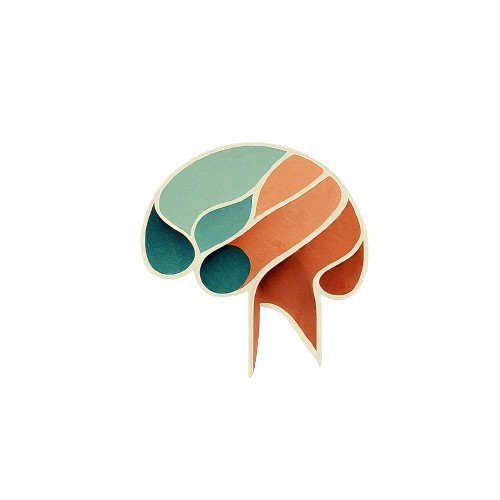Deciding to seek therapy is a monumental step towards improving your mental health and overall well-being. It’s a decision that deserves recognition, as it has the potential to transform your life. However, navigating the various types of therapy available can be a daunting task. This comprehensive guide will help you understand the different types of therapy and how to choose the one that best suits your needs.
The Importance of Selecting the Right Type of Therapy
Choosing the appropriate type of therapy is crucial for several reasons:
- It helps you meet your therapeutic goals more effectively
- It can lead to faster improvement in your mental health
- It can save you time and money in the long run
According to a recent Verywell Mind survey, the average cost per therapy session is $178. Given this significant investment, it’s essential to find the right type of therapy that aligns with your specific needs and goals.
How to Determine the Type of Therapy You Need
It’s common to feel overwhelmed when trying to decide what type of therapy you need. Many people seek therapy when they’re already burdened by their emotions, and having to make this decision can add to their stress. Remember, it’s entirely normal to feel this way, and it’s okay if you’re unsure about what type of therapy you need.
Steps to Identify Your Therapy Needs
- Reflect on Your Goals: Consider writing down the top three issues you’d like to address in therapy. For example, you might be dealing with the loss of a parent, stress from a new job, and general daily anxiety. This would translate into seeking support for grief, stress, and anxiety.
- Research Therapists: Once you’ve identified your primary concerns, search for therapists who specialize in these areas.
- Book Consultations: Arrange consultations with potential therapists. During these meetings, ask about their therapeutic approaches and why they believe their methods would be beneficial for your specific situation.
- Ask Questions: Mental health professionals don’t expect clients to be experts. They’re usually happy to provide insight into their methods and how they might help you.
Popular Types of Therapy
There are numerous types of therapy available, each with its own focus and methodology. Here are some of the most common and effective types:
1. Cognitive-Behavioral Therapy (CBT)
CBT is a widely practiced and evidence-based type of therapy. It’s known for its structured and goal-oriented approach.
Key features of CBT:
- Focuses on thoughts, perceptions, and beliefs
- Aims to identify and change negative thought patterns
- Typically short-term (3-4 months)
- Proven effective for treating depression, anxiety, substance abuse, eating disorders, and personality disorders
2. Psychodynamic Therapy
Psychodynamic therapy focuses on the relationship between the client and the therapist.
Key aspects of psychodynamic therapy:
- Explores unconscious beliefs and patterns
- Believes that many of our beliefs about ourselves and others are shaped by childhood experiences and genetics
- Uses the therapeutic relationship as a tool for insight and healing
- Aims to increase self-awareness, authenticity, and decrease symptoms
3. Somatic Therapy
Somatic therapy is gaining popularity, especially for trauma treatment. It encompasses several specific approaches:
- Somatic Experiencing: Targets the physical sensations associated with traumatic experiences
- Eye Movement Desensitization and Reprocessing (EMDR): Uses bilateral stimulation (eye movements, sounds, or tapping) to help process trauma
- Brainspotting: Utilizes the client’s visual field to process trauma, incorporating memory, emotions, and sensations
What If You’re Already in Therapy and Want to Try Something New?
It’s not uncommon to question whether your current therapy or therapist is the right fit for you. Here are some steps you can take:
- Communicate with Your Therapist: Share your concerns with your current therapist. They can provide insight into the therapeutic process and your progress.
- Consider the Timing: You might be receiving the right type of therapy but haven’t progressed far enough to see significant improvement.
- Assess the Therapist-Client Relationship: Sometimes, the type of therapy is suitable, but the therapist might not be the best match for you.
- Explore Other Options: It’s always okay to consider trying a different treatment modality altogether.
Remember, there’s no shame in making changes to your treatment plan. Your healing journey is unique, and it’s important to find what works best for you.
Finding the Right Type of Therapy
As you navigate your healing journey, keep these points in mind:
- It’s okay to try a session or two with different therapists to find the right fit.
- You can always change providers if needed.
- Finding the right therapist and type of therapy is a process, and it may take time.
- Don’t get discouraged if it takes several attempts to find the right match.
By understanding the various types of therapy available and being open to adjusting your approach, you’ll be better equipped to find the most effective treatment for your unique needs. Remember, seeking therapy is a courageous step towards better mental health, and finding the right type of therapy is an integral part of that journey.


